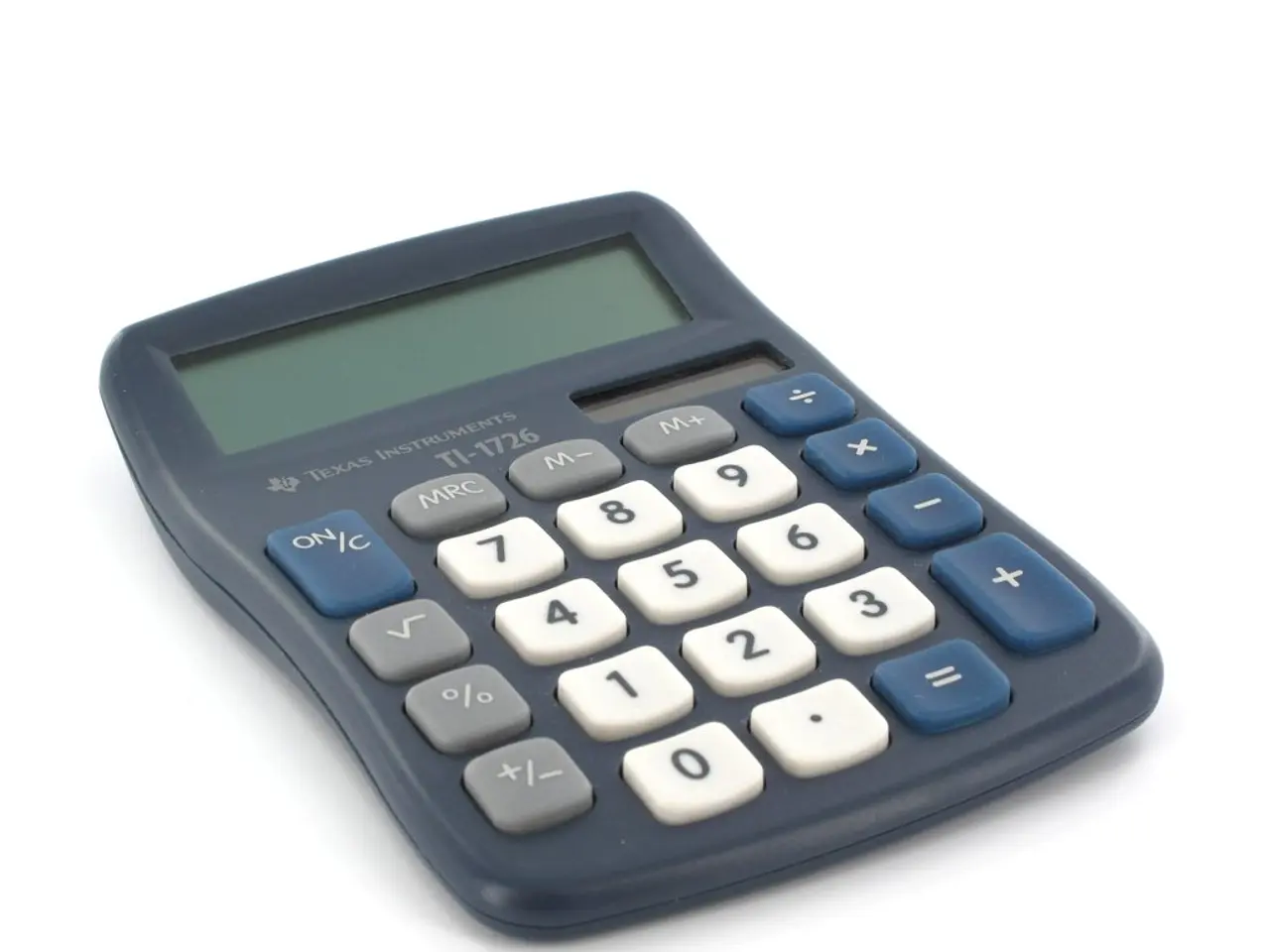The Inner Mechanics of Calculators Explained
In the early 17th century, the first calculators were mechanical devices designed to simplify arithmetic calculations, paving the way for technological advancements and transforming mathematics education [1][5]. Wilhelm Schickard's "Calculating Clock" in 1623 and Blaise Pascal's Pascaline, the first widely produced adding machine, were among the early pioneers in this field [1].
The evolution of calculators continued throughout the 19th and 20th centuries, transitioning from mechanical to electromechanical and eventually electronic devices. This transition was significant in technological innovation, leading to the development of early computing machines and eventually the first large-scale electronic computers, such as ENIAC in the 1940s [2][3].
The impact on mathematics education was profound. Calculators shifted the focus from manual arithmetic towards understanding mathematical concepts, problem-solving strategies, and applications. As handheld electronic calculators became affordable and widespread in the 1970s and beyond, they transformed classroom teaching, enabling students to tackle more complex problems without being bogged down by routine calculations [4].
One of the most notable milestones in calculator history is the introduction of the TI-92 model by Texas Instruments in 1995, which was dubbed "a calculator with the power of a computer lab" [6]. However, the high memory capability of graphing calculators has led to their ban in some classes due to concerns about cheating [7].
Modern scientific and graphing calculators are programmable and can perform various advanced functions such as switching to different number systems, using logarithms and trigonometric functions, and analyzing statistics [8]. They use integrated circuits, commonly known as chips, which contain transistors to perform calculations [9].
The thickness of the Sinclair Executive, considered the world's first affordable pocket calculator, introduced by Sir Clive Sinclair in 1972, was similar to a pack of cigarettes [3]. Solar cell technology became efficient enough for use in consumer electronics by the late 1970s, and by the 1980s, most manufacturers of simple calculators were taking advantage of it [10].
In recent years, engineers have been making advancements in calculator technology, with some companies exploring more ecologically sound components [11]. Online calculators have practical applications, such as weight-loss calculators, college loan and mortgage calculators, conversion calculators, and carbon footprint calculators [12].
As calculators continue to evolve, the lines between personal computers and classic calculators may continue to blur as calculators become more complex [13]. A simple language called "BEGhILOS" can even be used on a calculator display to spell words upside-down [14]. The capacity of a single chip in a microprocessor doubles approximately every two years, according to Gordon Moore's theory known as "Moore's Law" [15].
However, the use of powerful calculators in class has been a subject of controversy due to concerns about the loss of true mathematical ability [16]. Despite this, the development of calculators has undeniably revolutionised mathematics education and technology, freeing cognitive resources from arithmetic procedures towards deeper analytical skills.
References:
- Wilhelm Schickard's Calculating Clock
- Konrad Zuse's calculating machines
- Sinclair Executive
- Impact of calculators on education
- Pascaline
- TI-92
- Banning of graphing calculators in schools
- Functions of modern scientific and graphing calculators
- Integrated circuits in calculators
- Solar cell technology in calculators
- Ecologically sound calculator components
- Online calculators
- Blurring lines between personal computers and calculators
- BEGhILOS language
- Moore's Law
- Controversy over the use of powerful calculators in class
- The transition from mechanical to electromechanical and then electronic calculators in the 19th and 20th centuries marked significant advancements in technology, leading to the development of early computing machines and eventually the first large-scale electronic computers.
- Solar cell technology, which became efficient enough for use in consumer electronics by the late 1970s, is now a common feature in modern calculators, contributing to their energy efficiency.
- Modern scientific and graphing calculators are not only used for basic arithmetic but also for performing advanced functions such as switching to different number systems, using logarithms and trigonometric functions, and analyzing statistics.
- In recent years, engineers have been focusing on making calculators more ecologically friendly, using components that are less harmful to the environment.
- Online calculators have become practical tools for various tasks, such as calculating college loans, mortgages, weight-loss plans, carbon footprints, and conversions, making complex calculations more accessible to the public.
- As calculators become more complex and powerful, the line between them and personal computers may continue to blur, as seen in the simple language BEGhILOS being used on calculator displays to spell words upside-down.




